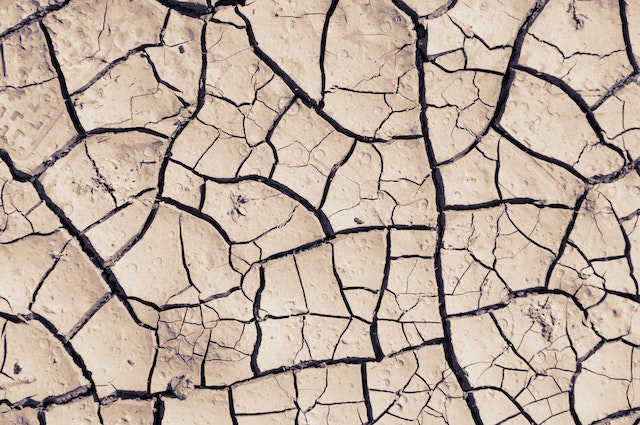The number of people feeling distress to some degree about the state of our planet is growing exponentially, especially among the younger generations.
The effects of climate change are increasingly difficult to ignore, from rapidly melting ice caps to increasing forest fires, droughts or extreme heat waves, these are just some examples of what our new reality looks like.
And so naturally the number of people feeling distress to some degree about the state of our planet is also growing exponentially, especially among the younger generations.
It seems as though these days it is dangerously common to take a peek into the news of the day and find out about some kind of natural disaster or adversity that is so clearly a cry from our environment and the pressure we have put it through.

The emotional destruction of climate change
The physical toll climate change has had on society has become rather difficult to escape, as the consequences of human environmental impact begin to clear out the line that once made us feel so far away from actual environmental collapse.
In fact, it has also become a main factor of inequality in the last few decades, creating a whole different kind of social, economic and ethical questions.
But there is one element we all as humans have in common, and much like everything else these days, has not managed to get away from the consequences of climate change: emotions. Even if your material life is somehow still intact, feelings are harder to ignore.
Chances are most people have felt some level of climate related anxiety in their lifetime.

According to recent psychological studies, such feelings are far from uncommon. In a situation of loss (environmental loss), grief and fear for the future are natural responses. This is what has come to be known as ”climate anxiety” or ”eco-anxiety”.
However, and although there is no diagnosable condition, the realm of sentiments encompassed in the so called ”climate-anxiety” spectrum is not just a catastrophic and existential ensamble of feelings. Chances are most people have felt some level of climate related anxiety in their lifetime.
The fear about the future of the planet and civilization is among the hardest sentiments at end of the spectrum existentially speaking; but on the other end, anger for what is or will be lost, or a feeling of guilt and shame when embarking in consumption that is not necessarily the most sustainable, are other more common forms in which climate anxiety can develop in our day to day lives.
You are not alone
The first step to coping with a sentiment of grief, loss, fear or mourning is to accept that it is there and it is a normal response to such a crucial existential threat for our species and others.
Experts suggests finding the time and the place to feel this way is important for healing. At the end of the day these feelings, whatever they may be, will eventually change or flee our minds.
And although the term ”climate anxiety” itself does not portray a lot of hope or reassurance, we believe it is a clear sign that a lot of people care deeply about the environment and it is in fact engaged with its protection and the future of humanity and nature.
Guide to climate change and climate action
Finding other like-minded people and sharing your thoughts and concerns is not only a healthy way to tackle anxiety, as it can take the ‘weight’ of the world off of your shoulders; it is in fact the spark that can change grief into action as a way to fight the feeling of powerlessness many have regarding climate issues.
Fighting climate-anxiety in the workplace
The amount of time we spent working throughout our lives, and the power of bringin together so many people with all kinds of backgrounds is what makes the workplace the perfect place for taking action against the threat of climate change.
We believe that working collectively can help us find that which alone may seem unattainable or useless. That is why we think the workplace is the perfect environment to find that collective eagerness to make a difference, both for the sustainability and purpose of the company and a more sustainable way of being for all.

Sustainability has become a must for most workers today, and will continue to be so as younger employees begin to enter the job market. People look for the opportunity to be actively engaged and find purpose in having a positive impact through their jobs.
In DoGood we have developed a corporate government tool that helps establish ESG impact objectives for employees in regards to the sustainability strategy of the company. Through our technology we are able to activate and track employees’ impact, creating engagement that translates into improved ESG metrics, reputational value and an overall positive impact for the environment and society.
